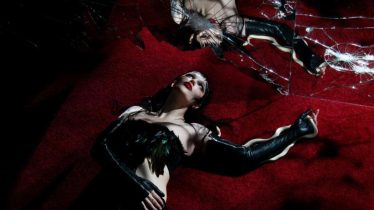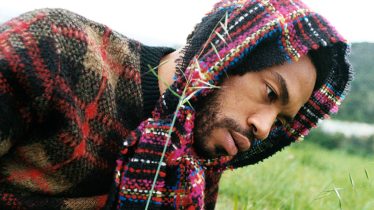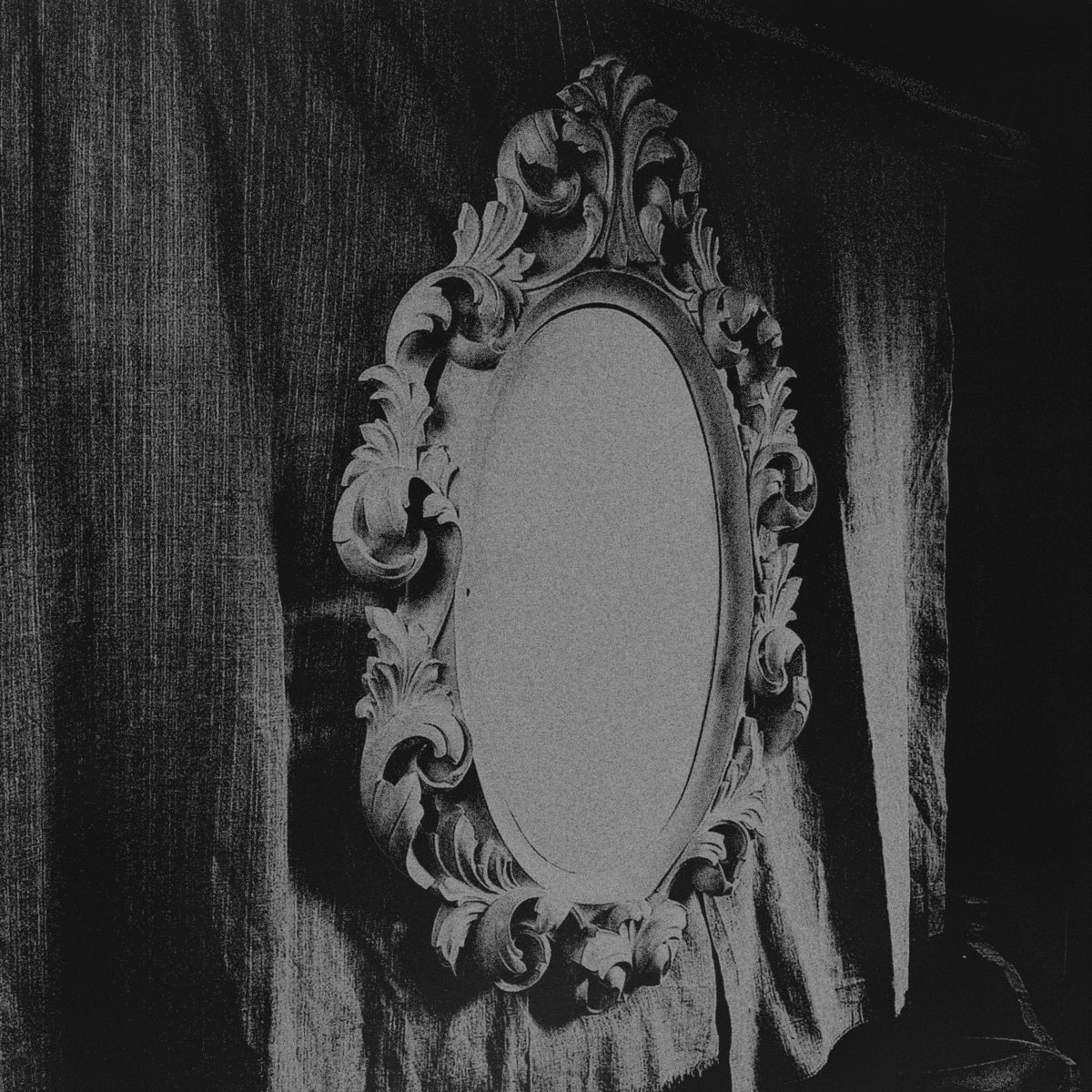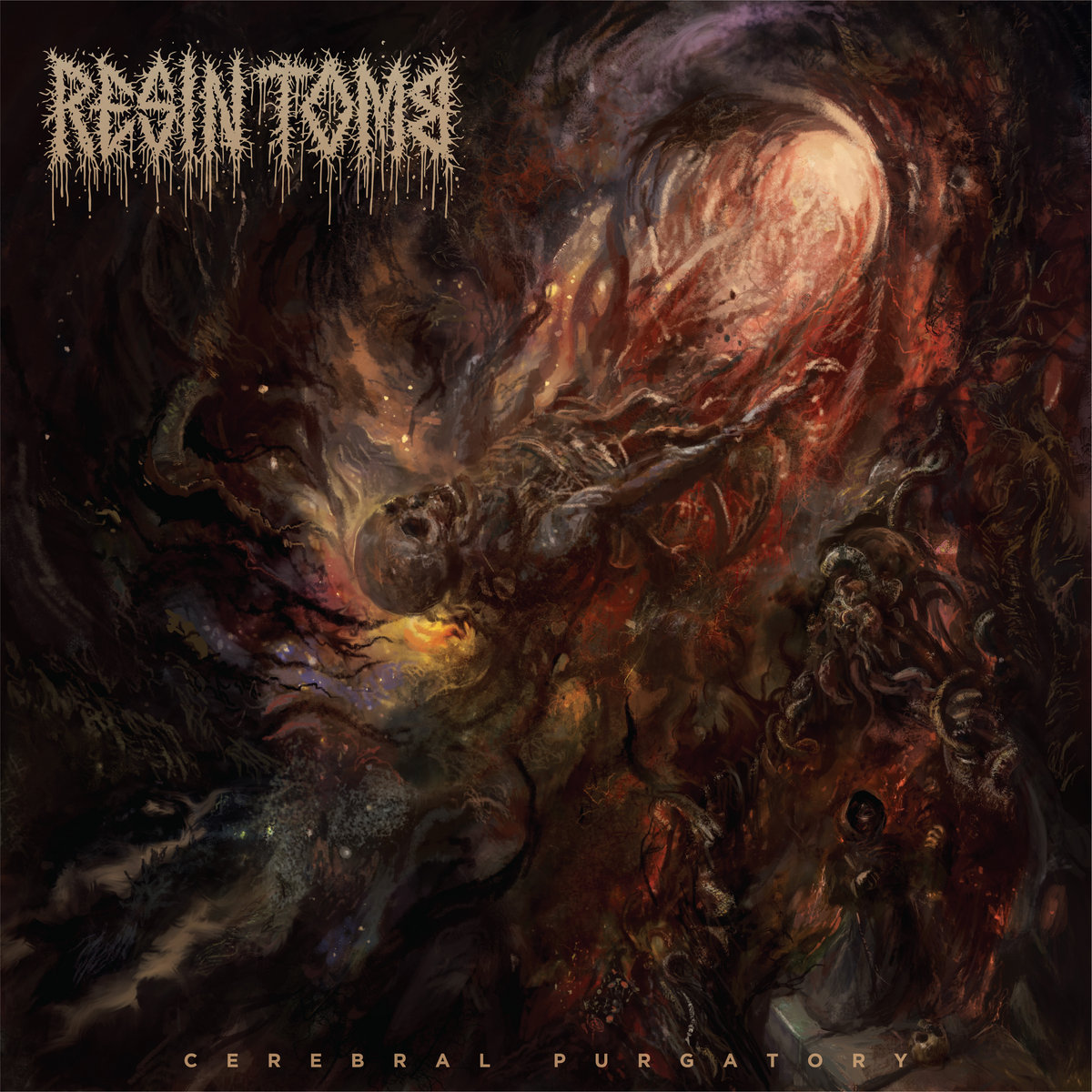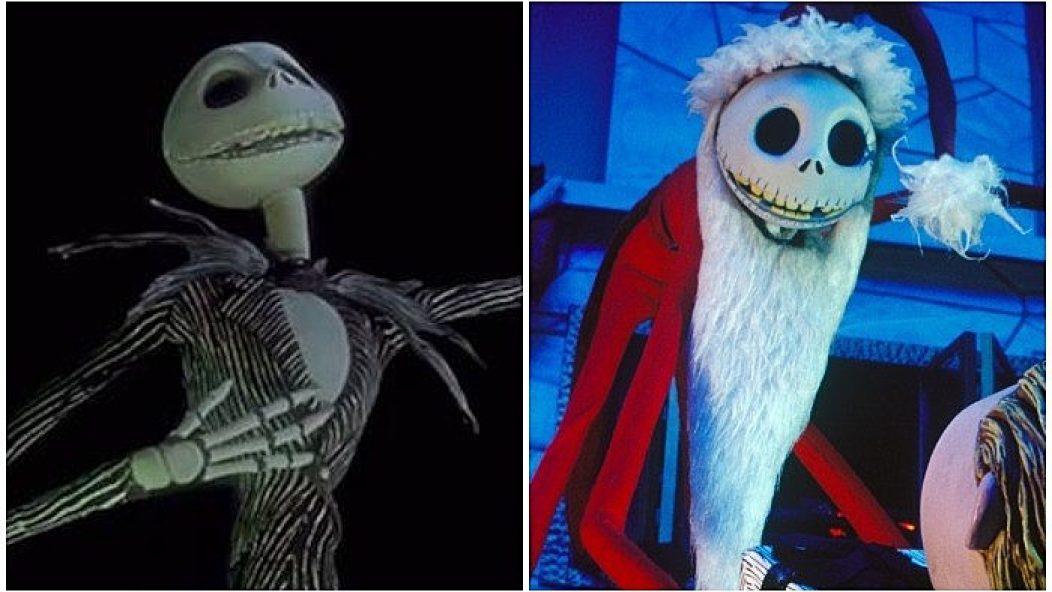
10 reasons ‘The Nightmare Before Christmas’ is actually a Halloween movie
With Halloween right around the corner, the long-debated question of whether The Nightmare Before Christmas is really a Halloween or Christmas movie has resurfaced yet again. From Jack Skellington dangling from Christmas lights and enjoying the smell of chestnuts roasting on an open fire to hoping for a box filled with a delightful pox, the lines admittedly begin to blur.
Danny Elfman, the singing voice behind Skellington and The Nightmare Before Christmas music composer, has said he sees it as a Halloween film about Christmas. We agree, and here are 10 reasons that support this claim.
Read more: iDKHOW aren’t anybody’s lowest common denominator with ‘Razzmatazz’
The film’s producer is Tim Burton, king of all things spooky
Tim Burton adds his own signature style to movies. As the mastermind behind the creepy characters of The Nightmare Before Christmas, he grabbed the attention of Halloween and Christmas lovers. Making his debut with claymation puppets in his previous short film Vincent, his continued use of claymation in stop-motion sparked the interest of the director’s cult-like following.
Not only did the claymation film directed by Henry Selick take roughly three years to make, but the movie features ghastly characters from “the one hiding under your stairs” with “fingers like snakes and spiders” in their hair to the mood-shifting Mayor. Whether he’s putting a darker spin on live-action films such as Disney’s Dumbo and Alice In Wonderland or creating a land beyond the living in Corpse Bride, each film oozes with his personal touch. The Nightmare Before Christmas is a staple in Burton’s career and has become a classic Halloween film.
The movie’s aesthetic carries out the same creepy atmosphere, even when in Christmas Town
After seemingly sleepwalking through the forest all night, Skellington stumbles upon the Christmas tree door surrounded by other holiday doors. Subsequently fascinated by the gold knob and tree door, he falls into Christmas Town. The forest that Skellington walked through connected Halloween Town to the other holiday towns, making it the base of where all the other holidays connect. As Skellington falls down a dizzying spiral into a world he’s never seen, the film’s art doesn’t stray from the visuals introduced in his hometown. The mountains that Skellington wanders through when he needs a break from being the Pumpkin King transfer into Christmas Town, portraying curly snow-covered mountaintops. The trees in this newfound land are twisted to showcase the Burton-esque ways that have appeared in previous movies such as Edward Scissorhands. Much like NBC, Scissorhands has a strong Christmas aesthetic despite its creepy plot.
While in Christmas Town, Skellington scuttles his way in and out of open windows of unsuspecting villagers like a tarantula. Each house contains a child or elf-like human who has unevenly proportioned bodies in their tiny homes. The art that’s illustrated in each town focuses in on features such as tiny eyes and protruding noses. This matches the style of the film, never swaying from the movie’s craftsmanship.
Fans follow Skellington through a story of unfulfillment and darkness
One important aspect of The Nightmare Before Christmas is the fact that the main character is a skeleton. The film follows a skinless, eyeless individual on a journey of self-discovery, rather than a confused snowman or Cindy Lou Who, who nearly melted the Grinch’s heart. Although characters may swoon and their wounds may ooze for Skellington, there’s still something missing. Throughout NBC, Skellington struggles with feeling unfulfilled as the Pumpkin King. This made for an intriguing endeavor throughout his path of darkness for all to take part in.
Skellington opens the Christmas tree door
As the film begins, fans watch as Skellington grimly slinks through a dark forest, holding his head looking for something missing in his life. He eventually reaches a clearing of trees representing classic holidays such as Thanksgiving, Easter, St. Patrick’s Day, Valentine’s Day, Independence Day, Halloween and, of course, Christmas. Skellington dismisses each door as the screen pans through the holidays but hesitates as it nears the Thanksgiving door. As the scene welcomes the twinkling Christmas tree door to screen, Skellington’s eyes sparkle with curiosity.
Both film creators and Burton have noted that as Skellington reaches for the polished gold doorknob, this was one of the most challenging scenes to create. To think that if Skellington found the door to Thanksgiving more appealing, fans would’ve had a film based on taking over Thanksgiving vs. Christmas. The Halloween Town residents would’ve partnered with another holiday to try to take it over just like they did with Christmas, making the focal point Halloween.
When Skellington presents Christmas to all who live in Halloween Town, each character has an eerie present that would excite them
When Skellington retreats back to Halloween Town, he instantly calls a town meeting. As he drives to the meeting with goodies that he stole from Christmas Town, Halloween Town residents eagerly await what their Pumpkin King has to share with them. He dives into describing all of the things in Christmas Town that made it feel like an “improbable dream” after discovering this new world.
However, the town seems detached from Skellington’s experiences in Christmas Town. Their focus remains on all of the scary and grotesque “toys” they would enjoy receiving on this newfound holiday. Their minds run wild imagining a rotten foot still inside a stocking or a head wrapped up in a bow. Although Skellington’s initial idea to take over Christmas held good intentions, Halloween Town’s disastrous approach to the cheery holiday proves that the focus of the film always was and always will be around Halloween.
“Sandy Claws” is introduced as less than jolly
After Skellington landed himself in Christmas Town, a large door opens in the distance. The screen pans toward a disproportionate shadow, which appears to show what we know as Santa Claus. Unknowingly, Skellington hears his name as “Sandy Claws” and presents himself to Halloween Town as that. Skellington describes him as a leader among Christmas Town, specifically noting a deep, mighty voice.
This paints a demonic picture for all those in Halloween Town. Fans eventually meet “Sandy Claws,” and although he’s not frightening, he still carries some less-than-soft features. Appearing disheveled from being shoved in a knapsack, his beard is stringy, and his face is slapped red. “Sandy Claws” offers a less-than-jolly attitude to everyone in Halloween Town. He seems unforgiving and slightly arrogant compared to the Santa Claus we’re used to meeting in classic movies. This furthers that eerie aura that circulates the movie as a whole.
It’s one of the only movies where you’ll see Santa Claus in peril
Most fans of NBC grew up with sweet movies emphasizing that Santa Claus is real. We learned at a young age that all we need to do is believe in him. Then he’ll visit our house and bring us presents. However, in this film, believing in Santa was never brought up. Quite the opposite happens, as he’s kidnapped and almost killed by Oogie Boogie. Fans watch as he’s tormented and teased by Oogie Boogie as he gambles away Santa Claus’ life alongside Sally. The scene shows Santa tied up with ropes and bugs crawling in and out of his beard. It’s slightly unsettling and is arguably the furthest thing from jolly.
The soundtrack puts forth dark undertones throughout the movie
The movie’s soundtrack is filled to the brim with otherworldly theatrics and vocals from Elfman. Each song’s arrangement offers bold string instrumentals and subtle brass, creating an eerie listening experience. The soundtrack exudes naturally dark undertones. But this isn’t to say that the music lacks upbeat and happy moments. Songs such as “What’s This?” bring a sense of holiday cheer, while “Town Meeting Song” offers joyful curiosity. However, none of that compares to when Skellington tries teaching the town’s street band how to play a Christmas jingle. Nothing really says spooky like the sound of a dark, untuned accordion playing “Jingle Bells.”
The film’s soundtrack was reissued in 2006 and features some familiar big-emo names
Some of your favorite artists are also fans of Halloween and Burton’s classic film. On the 2006 reissue, Fall Out Boy recreated “What’s This?,” and Panic! At The Disco covered “This Is Halloween.” FOB’s appearance on the reissue came as no surprise because bassist Pete Wentz has an entire Nightmare Before Christmas-themed tattoo landscape on his arm. They’re in good company with P!ATD, a band who released “It’s Almost Halloween” in 2008, showing their dedication to the gruesome holiday.
Among the reissue you’ll find “This Is Halloween” also covered by Marilyn Manson, an artist who’s dabbled in grim art, on and offstage. Manson can also be found on Nightmare Revisited. That record includes features from artists such as Flyleaf, the All-American Rejects and more, covering the film’s iconic tracks. All of these talents combined furthers the embrace the film has for Halloween.
NBC is a Halloween movie with a sprinkling of Christmas elements
From the moment fans are lured in by The Nightmare Before Christmas, jack-o’-lanterns and ghost-like characters emerge. The audience watches as grim characters from vampires to witches struggle to understand the meaning of the new holiday that Skellington discovered. All creatures who live in Halloween Town appear to be overly enthusiastic for the return of Halloween each year. As the Mayor of Halloween Town exclaims, “There’s only 365 days left until next Halloween.” The Wolfman corrects him, saying, “364!”
All who inhabit Halloween Town use each day until Halloween to prepare and make each year better than the last. If Skellington hadn’t felt so unfulfilled with his life as the Pumpkin King, the town would’ve never known about Christmas. Therefore, all the elements of the joyous holiday wouldn’t have existed in their world. This makes Burton’s film inherently a Halloween movie from beginning to end. Besides, with his track record, can you really argue that any of Burton’s films aren’t Halloween films?
